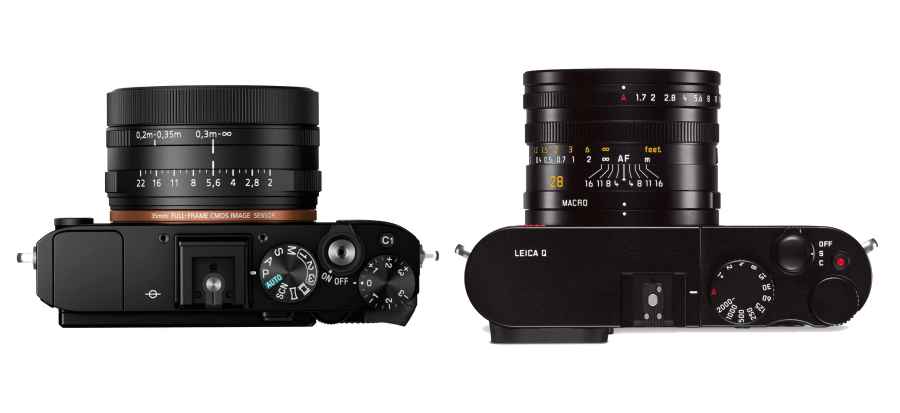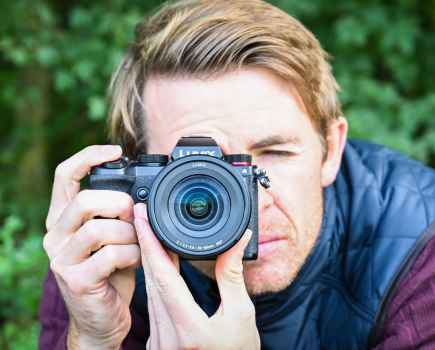In the three years since Sony announced its first generation of RX1 camera, there’s been some very interesting developments in the camera market. The latest announcement, the Sony RX1 R II, brings with it some exciting new technologies which could perhaps see it crowned as the ultimate pocket, or carry-around, camera.
However, where once Sony stood pretty much alone in offering a full-frame compact camera, Leica joined the party earlier in 2015 with its Leica Q (Typ 116) camera, which also has a full-frame sensor. In this piece, we’re going to look at the differences between the two premium offerings to see which one stacks up (on paper at least) as the better option.
Sony RX1 R II vs Leica Q 116: sensor
Both the cameras feature full-frame sensors, with the Leica Q’s offering 24.2 million pixels. Meanwhile, the Sony RX1 R II comes close to doubling that number with a whopping 42.4 million.
The Sony also features a special new design, which it is calling a world’s first, in the form of a “variable” optical low pass filter over the sensor. In basic terms, this means that you can alter the strength of the low pass filter depending on the subject you’re shooting. So, if it’s something that could cause moire patterning, you switch it on, but if it’s something unlikely to do that (such as a landscape) you can switch it off and get the best possible detail in your shot.
Sony RX1 R II vs Leica Q 116: lens
The Leica Q has a Leica Summiliux 28mm f/1.7 ASPH lens which features 11 elements in 9 groups and 3 aspherical elements. The Sony, as with the previous RX1 cameras, has a narrower Zeiss Sonnar T* 35mm f/2.0 offering with 8 elements in 7 groups and 3 aspherical elements. An advanced aspherical (AA) lens element in the Zeiss lens helps it maintain a small size.
The Leica Q’s lens is both half a stop faster, and includes optical image stabilisation, which gives it a big advantage when shooting in low light.
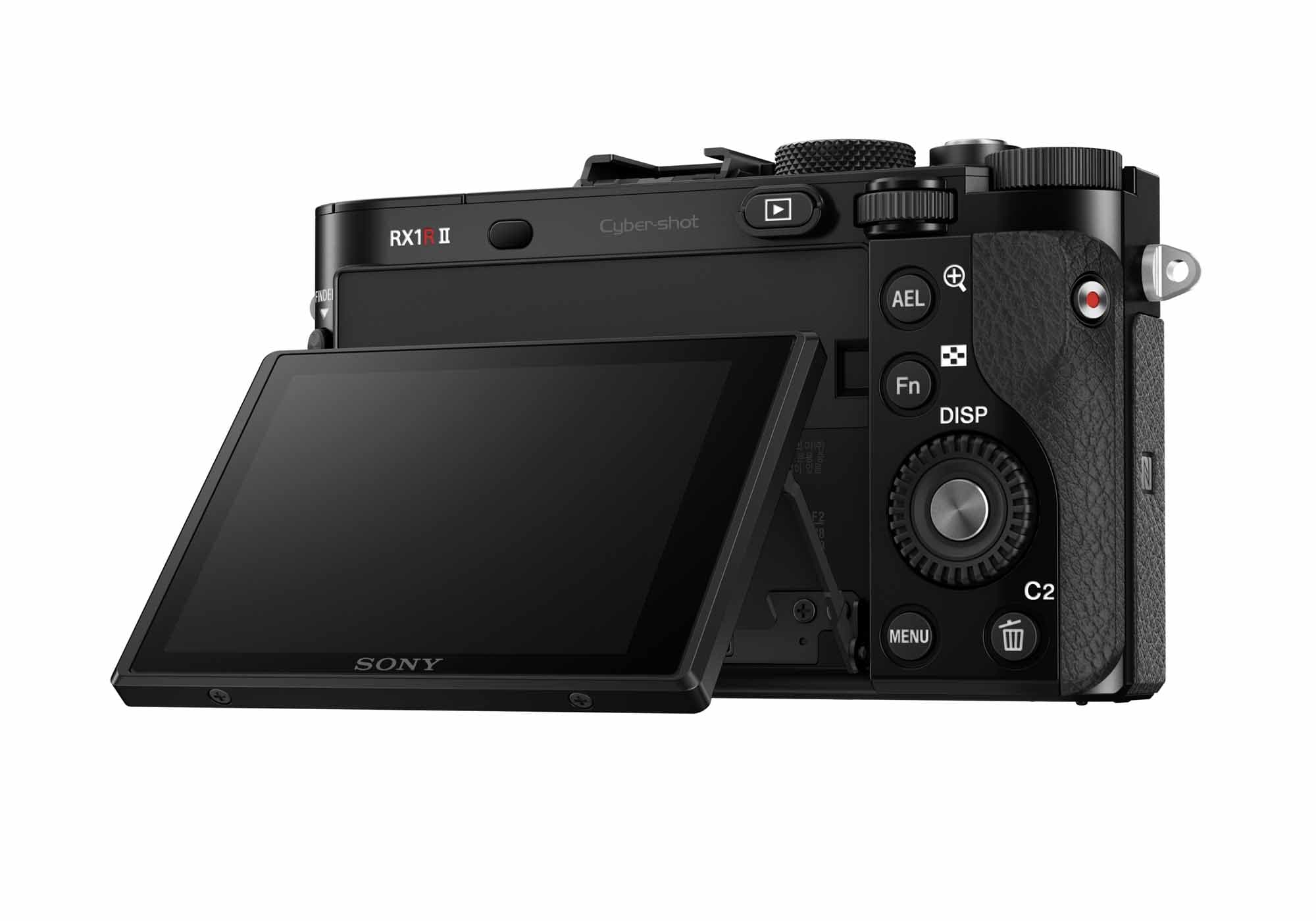
Sony RX1 R II vs Leica Q 116: screen
Despite being an electronics giant, Sony is continuing to be resistant to including touchscreens on its premium RX range of cameras. However, one improvement the RX1 R II has over its predecessor is that it now tilts upwards and downwards for help when shooting from awkward angles. It features 1,229k dots, and is three-inches.
The Leica Q’s screen is also three inches, but has slightly fewer dots at 1040k. However, it is touch sensitive, so you can make changes to certain settings, scroll through pictures and set autofocus point with a touch.
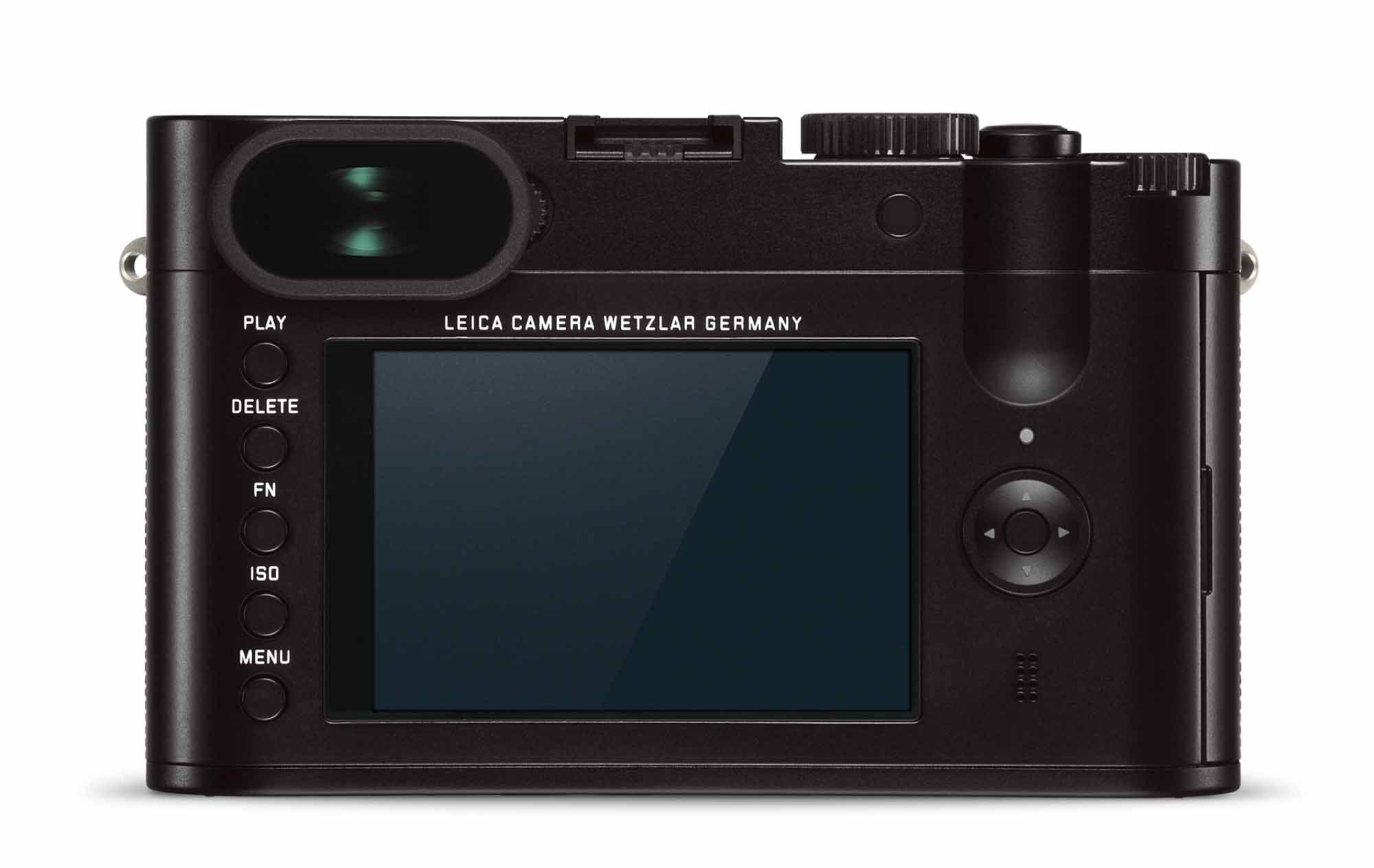
Sony RX1 R II vs Leica Q 116: viewfinder
The Leica Q has a fixed electronic viewfinder which features an eye-sensor for automatically detecting when you have lifted the camera to your eye. Its ultra high resolution at 3.68 million pixels make it one of the best on the market.
Originally, the Sony RX1/R didn’t have a viewfinder, but Sony has added one for its newest generation. Like the RX100 IV, the XGA OLED TruFinder found on the Sony RX1 R II has a retractable design which means you can push it back into the body of the camera to save space. With 2,359 million dots, it’s not quite as high resolution as the Leica, though.
Sony RX1 R II vs Leica Q 116: autofocus
One of the problems of the original Sony RX1 was its relatively slow focusing, but Sony says it has addressed this problem with a 30% increase in focusing speed. There are 399 phase detection AF points, or 25 contrast detection points.
At the time of launch, Leica claimed that the Q had the fastest autofocus of its class, making it quicker than the original RX1R with a suggested focusing time of just 0.15seconds.
Both cameras also feature a macro focusing setting, as well as the option to manual focus.
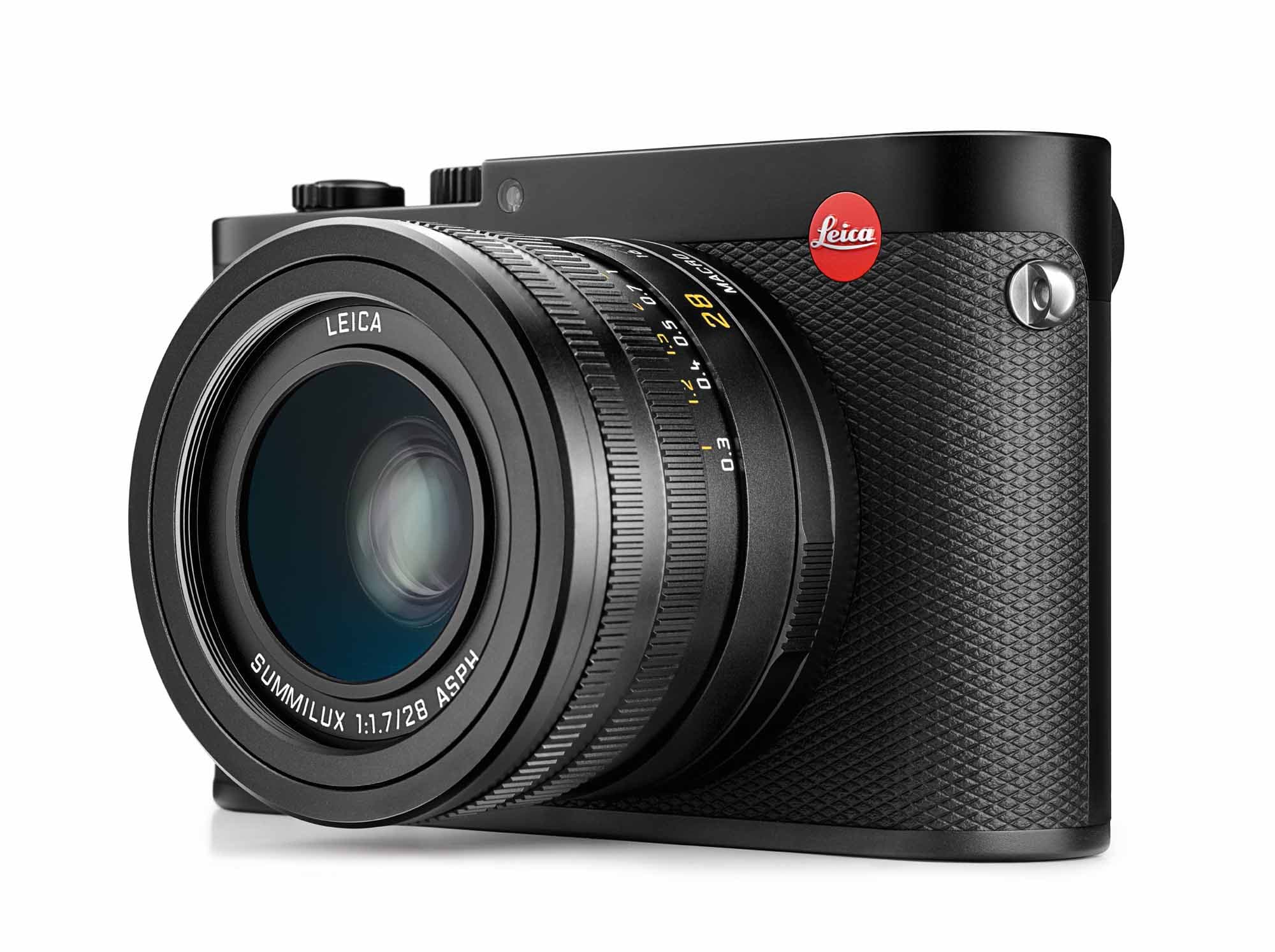
Sony RX1 R II vs Leica Q 116: sensitivity
The native range of the Leica Q is ISO 100 to the incredibly high ISO 50,000. Meanwhile, the Sony RX1 R has a native offering of 100 – 25600, but, there is the option to expand that offering down to ISO 50, and up all the way to ISO 102400.
Sony RX1 R II vs Leica Q 116: shutter speeds
Leica has included both an electronic and mechanical shutter for the Q, which means that it can shoot from 30 seconds to 1/2000 second with the mechanical, or 1/2500 to the incredibly quick 1/16000 with the electronic shutter. Super fast speeds are very useful when shooting at wide apertures in bright daylight.
By contrast, the Sony is only capable of offering 30 seconds up to 1/4000 – and it can only manage 1/2000 if shooting at the full wide f/2 aperture the lens offers, which means you may have to use a neutral density filter to shoot wide open in bright light.
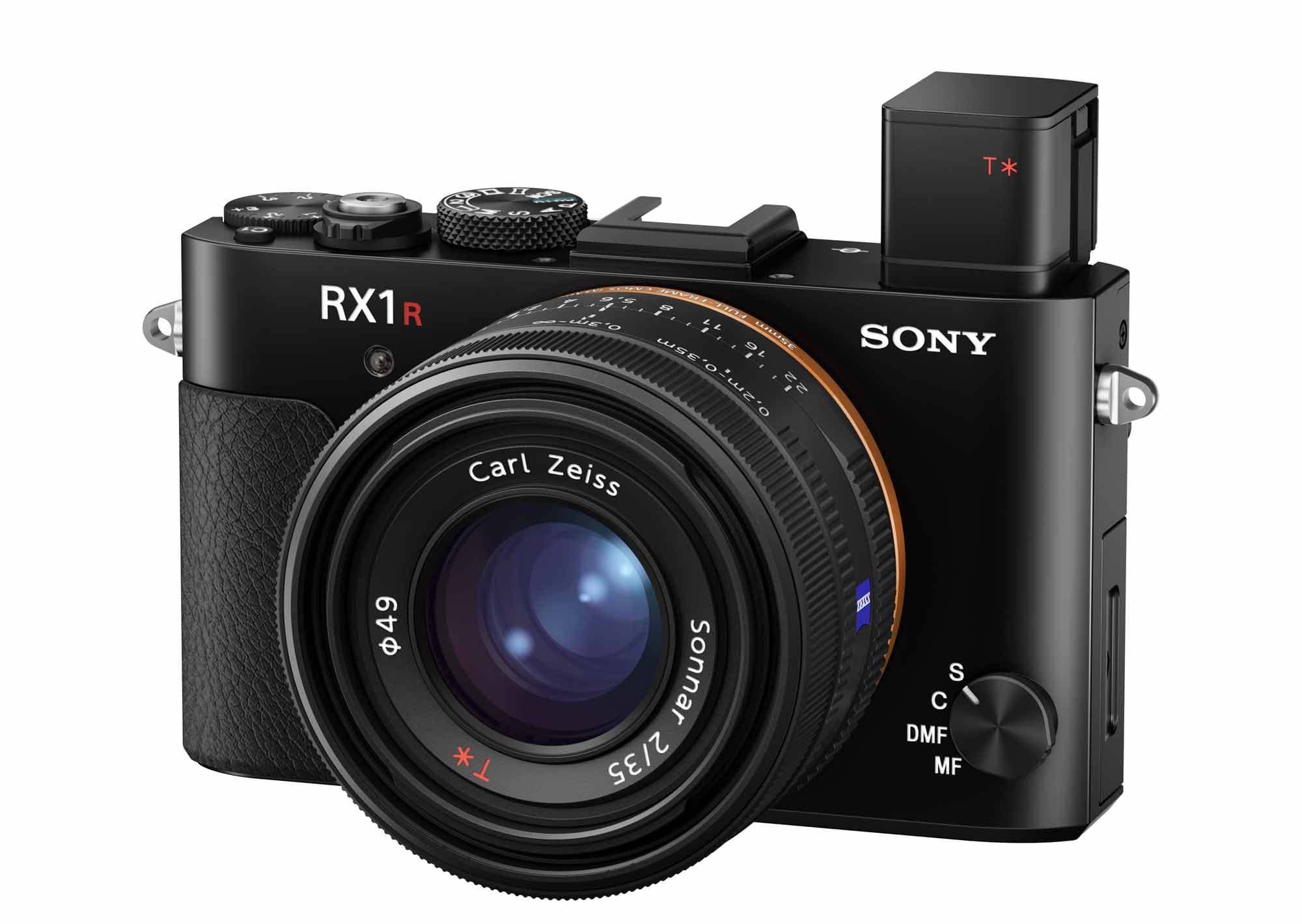
Sony RX1 R II vs Leica Q 116: continuous shooting
Neither of these cameras would necessarily be the first choice for action photography, but both can shoot pretty quickly. The RX1 R II manages up to 5 frames per second, but the Leica Q doubles this to fully 10 fps – once advantage of having a lower pixel count and therefore less data to process for every shot.
Sony RX1 R II vs Leica Q 116: battery life
Battery life is a problem which plagues small premium cameras such as the Sony RX1 R II and the Leica Q.
There’s no official CIPA rating for the Q, but reviews suggest that battery life could be better.
However, the same could be said of the Sony RX1 R II – with a quoted life of just 220 shots, or 200 shots if you use the viewfinder, it may not last a full day of shooting.
Sony RX1 R II vs Leica Q 116: Wi-Fi
Both of the cameras feature Wi-Fi and NFC connectivity for easily sharing your shots between devices, or taking remote control of the camera. With the Sony, you can also add PlayMemories apps from Sony’s store to increase the functionality of the camera.
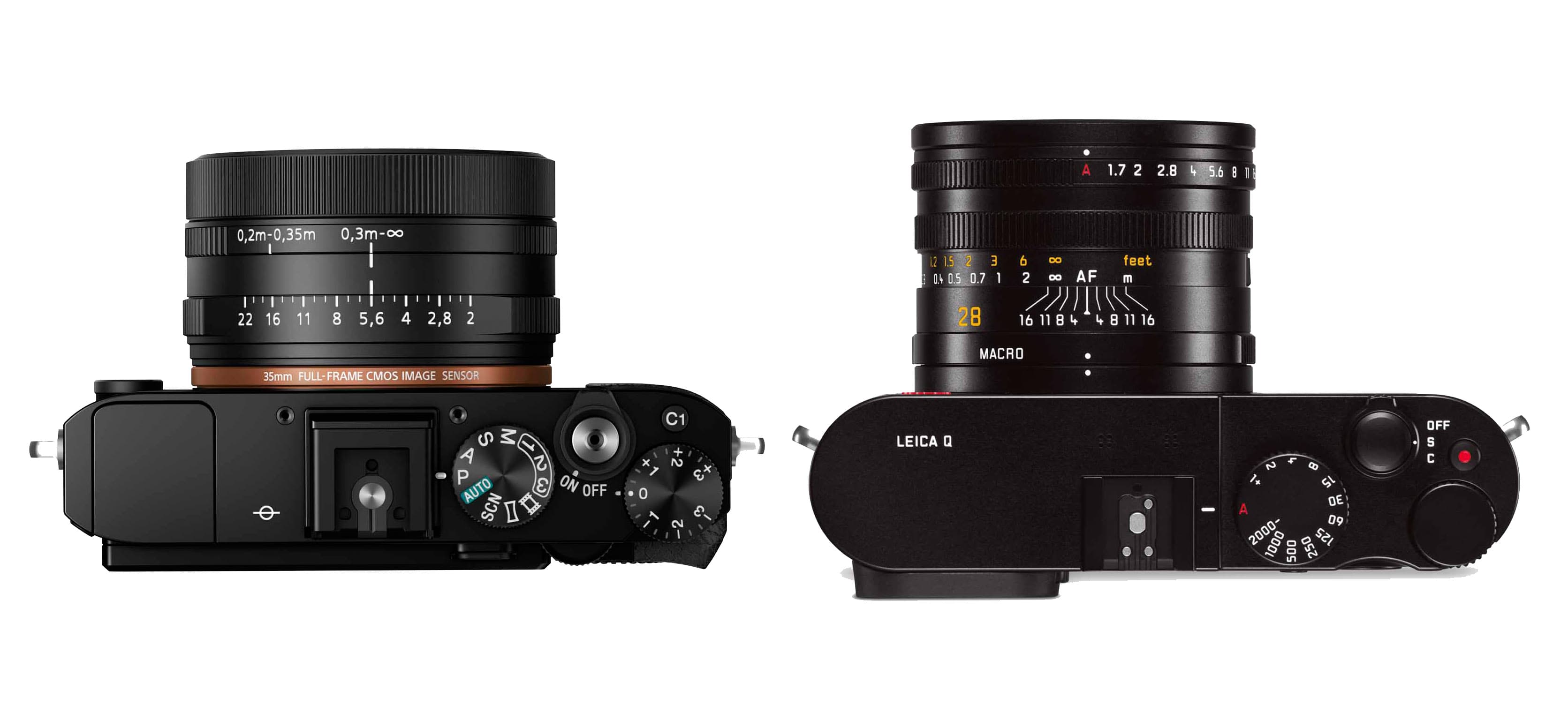
Sony RX1 R II vs Leica Q 116: size and weight
Neither of these cameras are going to be able to slip neatly into a tight jeans pocket, but for the specification they offer, the size is still pretty impressive.
The Sony wins out in terms of size and weight here, being noticeably smaller and lighter – at 113.3 x 65.4 x 72.0mm it’s roughly the same size as the RX100 IV when its lens is extended. in contrast the Leica Q measures 130 x 80 x 93mm.
Weighing in at 640g (with battery), the Leica Q is over 130g heavier than the 507g Sony RX1 R II (also with battery).
Sony RX1 R II vs Leica Q 116: price
Ah, the biggest sticking point when it comes to choosing between these two cameras is likely to be its price.
You pay a premium for having that Leica badge, and the Q will set you back a cool £2,900. The Sony undercuts that price by around £300 – a price tag of £2,600 still isn’t cheap, but at least you’ll have some cash left over to buy some accessories.
The Leica Q is available to buy now, while the Sony RX1 R II goes on sale from December.

